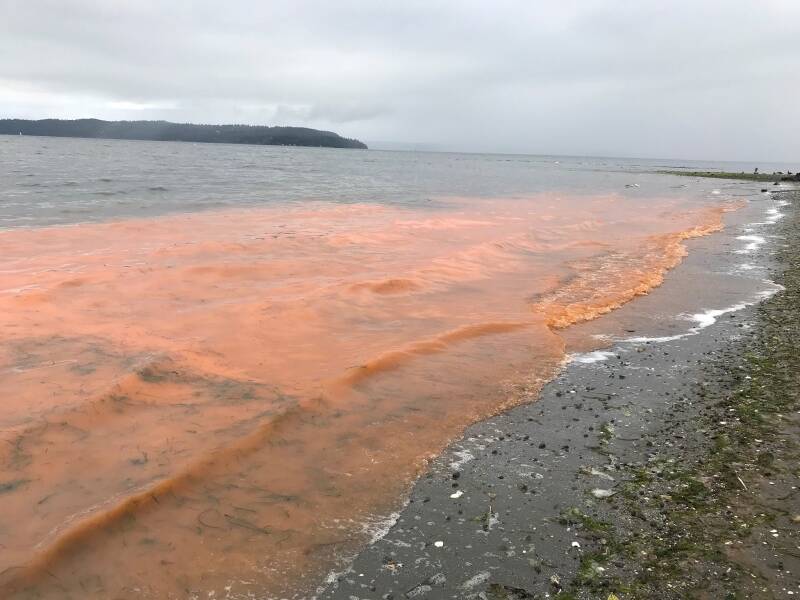The milder weather and the end of official pandemic emergency declarations have brought many people a strong feeling of relief from the urgency of the pandemic.
While virus experts continue to monitor for potential future variants of concern, as well as plan for a probable fall COVID booster, the U.S. rates of COVID-19 hospitalizations, deaths, and emergency room visits are showing the lowest rates since 2020.
The rate of excess deaths is almost at pre-pandemic levels. On Vashon, there have been two hospitalizations in the past 28 days, and no deaths. But one metric hasn’t dropped far enough: wastewater surveillance shows that the incidence of COVID is still higher than it was in 2020 and 2021. That’s a reminder that COVID-19 is still around, and a good reason to make caution a continuing habit.
“People who are immunocompromised, elderly, very young, or suffering from chronic diseases are still at high risk of hospitalization or worse,” said Dr. Jim Bristow of Vashon’s Medical Reserve Corps. “The ‘new normal’ means keeping the safety of our affected family members and friends in mind when gathering, especially indoors and/or in large groups. We can keep them and each other safe by staying home if you have cold symptoms, choosing to meet in outdoor or well-ventilated indoor spaces, and masking if it gets crowded.”
COVID Basic Risk Level
VashonBePrepared’s risk level tool is based mostly on COVID hospitalization rates. Some other factors are also evaluated, including COVID virus levels in wastewater in our region.
At the Basic Risk Level, it is recommended to wear an N95 mask indoors in public if you are exposed to COVID or at risk for health or other reasons, or live with or spend time with someone at high risk.
Keep vaccinations up to date, including boosters. Maintain good ventilation at home and at work, and avoid those with suspected or confirmed COVID.
If exposed to COVID, wear a mask in public and avoid contact with those at high risk for 10 days.
Always home-test if you have symptoms. If you test positive, isolate for at least five days and until you test negative. If immunocompromised, discuss additional prevention actions with your healthcare provider.
Red Algae in the Water: Is It Safe to Swim?
Around Vashon, people have reported seeing blooms of rusty red algae in the water, and asking if it’s safe to be exposed to this water that looks like tomato soup. Here’s some information about this spring’s algal bloom.
Each spring, fresh water from streams around Puget Sound mixes with salt water to create a warm, nutrient-rich surface layer that supports growing plankton populations. This rapid growth of algae can starve the aquatic environment of light and dissolved oxygen, causing stress to other aquatic life.
Extra nutrients entering Puget Sound from human and natural sources help feed these planktons until their populations grow to a bloom. Eventually, the plankton bloom will use all the nutrients in the surface waters, their growth will slow, and they’ll die and decay on the ocean floor.
Noctiluca algae aren’t dangerous to humans, but their presence indicates an imbalance in the ecosystem. While ecologists are working to identify and reduce sources of excess nutrients in Puget Sound, we can help by reducing residential sources such as from malfunctioning septic systems and runoff from fertilized lawns.


